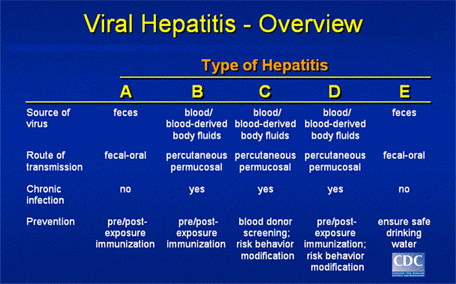BBP Viruses
Human Immunodeficiency Virus (HIV)
HIV is a virus that progressively and irreversibly weakens the immune system of its host (infected person) leaving that person unable to fight off opportunistic and otherwise non-life-threatening infections. If left untreated, HIV can eventually lead to Acquired Immune Deficiency Syndrome (AIDS), a pandemic which, since it was first recognized in 1981, has killed more than 25 million people worldwide. While medical advances regarding HIV treatment have been made, there is currently no vaccine or cure for HIV (or AIDS) and avoiding exposure to the virus remains the only known method of prevention.
HIV-infected persons may show no symptoms or may experience symptoms such as swollen lymph nodes, fatigue, weight loss, diarrhea, persistent dry cough and fever. The virus may remain dormant and asymptomatic for months or years during which time it progressively infects and kills vital cells such as helper T cells, macrophages, and dendritic cells.
Viral Hepatitis
While HIV is considered to be one of the most destructive pandemics in recorded history, the likelihood of contracting Hepatitis B as an occupational exposure is significantly greater and it is estimated that 1 million Americans are carriers of the Hepatitis B virus.
In contrast to HIV, Hepatitis B:
- can survive in a dried state for up to a week
- when present in the bloodstream, it’s 100 times more concentrated than HIV
- is much more resistant to disinfectants
Approximately 70% of individuals who become infected experience either no symptoms or mild flu-like symptoms. Others experience more severe symptoms including nausea, abdominal pain, joint pain, fever, rash, or jaundice (a yellowing of the eyes and skin). Carriers of the Hepatitis B virus are highly infectious and are at high risk of death from liver failure or cancer and approximately 300 deaths are attributed to occupational Hepatitis B exposure each year. Effective Hepatitis B vaccines are commercially available and by law must be made available to employees who risk occupational exposure.
Hepatitis C virus is also transmitted by blood and blood products and results in inflammation of the liver and over time may lead to chronic liver disease, cancer of the liver, cirrhosis, and death. There is no vaccine or other means of preventing Hepatitis C infection but in severe cases treatment may be prescribed by a physician.
Other hepatitis viruses which have been identified are A, D, E and G.
